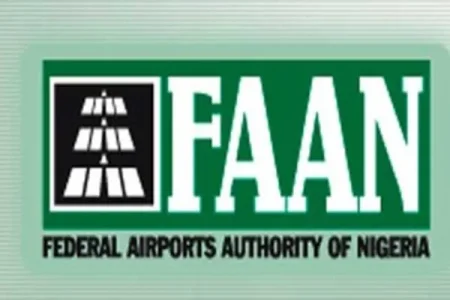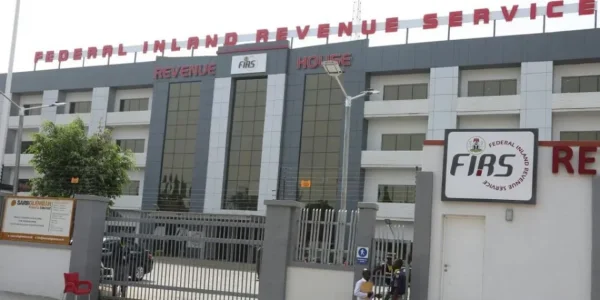
FAAN reveals only 3 of 22 Nigerian airports are profitable. Despite this, new airports are being developed. FAAN emphasizes economic activities drive passenger traffic, not new airports. Collaborations with international organizations aim to expand routes and create transit hubs to improve airport profitability.
Nigeria's aviation sector confronts significant challenges as revealed by the Federal Airports Authority of Nigeria (FAAN), stating that only three out of 22 airports in the country are profitable. FAAN's Managing Director, Olubunmi Kuku, disclosed this during a recent television interview.
Despite the financial struggles, several states in northern and southwestern Nigeria are forging ahead with plans to develop new airports. Currently, FAAN is subsidizing operations at 19 unprofitable airports and may extend this practice to newly planned facilities.
Kuku emphasized that FAAN's contribution of 50% of its revenue to federal coffers poses a major obstacle. Discussions are ongoing with various government entities to alleviate this financial burden.
The FAAN chief underscored that passenger traffic hinges largely on GDP growth and economic activities rather than the construction of new airports. She stressed the importance of bolstering sectors such as trade, manufacturing, and tourism to stimulate airport usage.
To tackle these issues, FAAN is collaborating with international bodies like the International Air Transport Association (IATA) and Nigeria's Federal Ministry of Aviation to expand domestic and international routes. Plans include transforming certain Nigerian airports into transit hubs with feeder routes to diverse destinations.
Kuku noted that approximately 4 million passengers currently travel internationally from Nigeria and emphasized the imperative of optimizing infrastructure utilization to sustain and upgrade these facilities.
This revelation highlights the intricate economic dynamics challenging Nigeria's aviation sector, prompting scrutiny of the feasibility of expanding airport infrastructure without concurrent economic growth to drive passenger demand.




